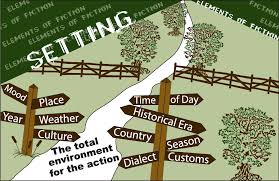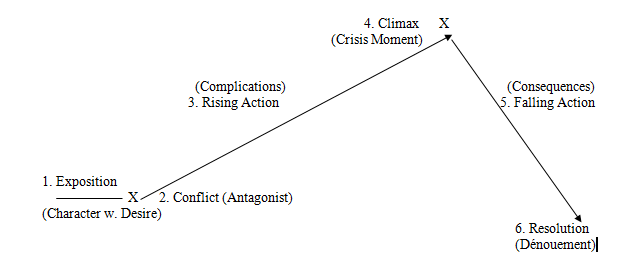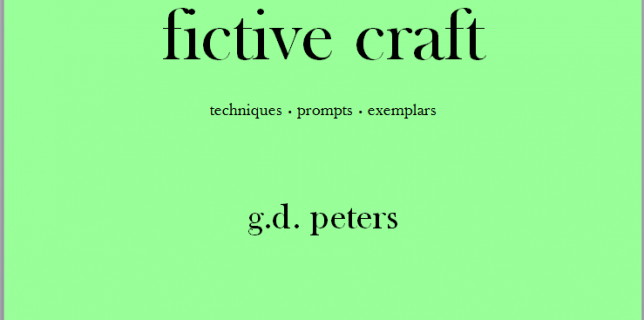II. SETTING

II. SETTING Every story takes place somewhere. And yet every year I receive from learning writers stories that seem to take place nowhere, that is to say, without any narrative depiction of the time and place wherein which the present action of the story occurs. What exactly do we mean by Setting? Here it is: SETTING = TIME and PLACE Continue reading II. SETTING



